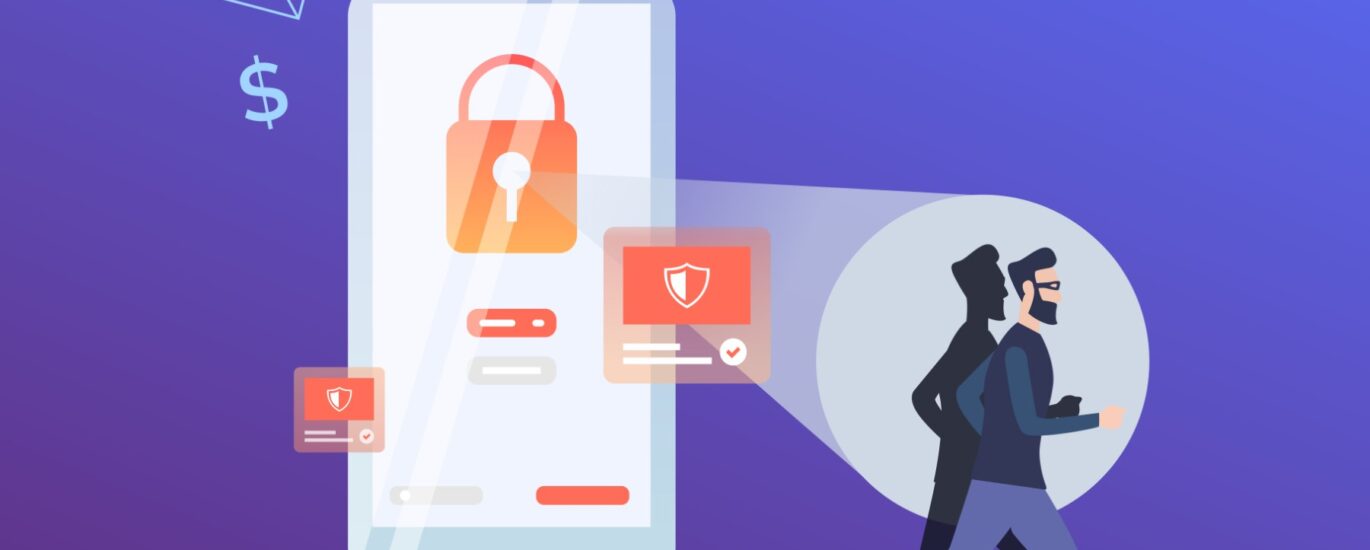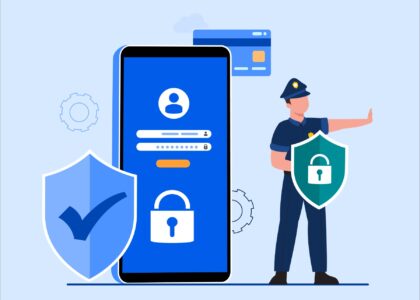Mobile applications have become an integral part of daily life, enabling everything from online banking to social networking. However, as their popularity grows, so does the threat landscape. Mobile apps are increasingly targeted by cybercriminals, making it essential to understand and mitigate the common security risks they face. In this blog, we’ll explore these risks and how to address them.
1. Insecure Data Storage
Many mobile applications store sensitive data locally on the device. If this data is not adequately secured, it can be accessed by attackers through:
- Device theft.
- Malware that exploits weak encryption or unencrypted data.
Mitigation:
- Use strong encryption algorithms (e.g., AES-256).
- Store minimal sensitive data locally.
- Employ secure storage APIs provided by the platform.
2. Weak Server-Side Controls
Applications that rely on weak server-side logic are vulnerable to attacks like:
- SQL injection.
- Cross-Site Scripting (XSS).
- Unauthorized access due to improper authentication and authorization.
Mitigation:
- Use secure coding practices on the server side.
- Implement proper authentication and input validation.
- Regularly test server-side components for vulnerabilities.
3. Insufficient Transport Layer Security
Sensitive data transmitted between the mobile app and server can be intercepted if the communication channel is not properly secured. Risks include:
- Man-in-the-Middle (MitM) attacks.
- Data leakage over unencrypted networks.
Mitigation:
- Use HTTPS with SSL/TLS for all communications.
- Implement certificate pinning to prevent fake certificates.
- Avoid using public Wi-Fi networks for sensitive operations.
4. Poor Authentication and Authorization
Weak authentication mechanisms make it easier for attackers to impersonate users or escalate privileges. Common issues include:
- Hardcoded credentials in the app.
- Lack of multi-factor authentication (MFA).
- Improper session management.
Mitigation:
- Enforce strong password policies and MFA.
- Avoid storing credentials in code.
- Use secure token-based authentication methods.
5. Code Tampering
Mobile app code can be reverse-engineered by attackers to:
- Discover vulnerabilities.
- Inject malicious code.
- Repurpose the app for fraudulent activities.
Mitigation:
- Obfuscate code to make it harder to reverse-engineer.
- Implement runtime application self-protection (RASP).
- Use checksums or signatures to validate app integrity.
6. Insecure APIs
Mobile apps often depend on APIs for functionality. If these APIs are poorly secured, attackers can:
- Extract sensitive data.
- Exploit backend services.
- Perform unauthorized operations.
Mitigation:
- Validate all API inputs.
- Use API gateways to control access.
- Authenticate and encrypt API calls.
7. Malicious Applications and Libraries
Third-party libraries and app stores can introduce malware or vulnerabilities into your app. Risks include:
- Data exfiltration by malicious libraries.
- Trojanized versions of your app.
Mitigation:
- Vet third-party libraries thoroughly.
- Distribute apps through official app stores.
- Regularly update libraries to patch vulnerabilities.
8. Lack of App Updates
Outdated apps are vulnerable to exploits targeting known vulnerabilities. Users who fail to update apps can expose themselves to attacks.
Mitigation:
- Regularly release updates to fix security issues.
- Educate users on the importance of updating apps.
- Use tools to enforce version checks.
9. Privacy Risks
Mobile apps often request unnecessary permissions, leading to privacy concerns. Risks include:
- Unauthorized access to user data.
- Data sharing with third parties without consent.
Mitigation:
- Request only essential permissions.
- Clearly explain the need for permissions to users.
- Implement data anonymization and minimize data collection.
Final Thoughts
Mobile applications are a critical target for cybercriminals, but understanding the risks and implementing best practices can significantly enhance their security. By addressing these common vulnerabilities, developers can protect users, maintain trust, and reduce the likelihood of breaches.
As a freelance developer specializing in secure mobile app development, I can help you design, build, and maintain applications that prioritize security. Let’s work together to create apps that users can trust.






